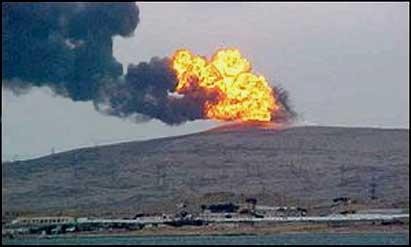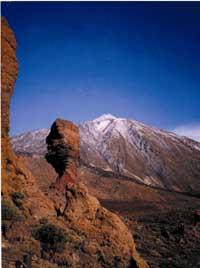Climbing up the volcano

The eruption of the mud volcano and the future of Teide remind us of details about the volcanoes.
The volcanoes of the land of Azerbaijan are mud, since in that region there are no typical volcanoes (the mountain with crater, say). Six months ago, at the bottom of the Caspio Sea there was a volcanic activity that gave rise to the mud volcanoes.
These volcanoes are frequent in this territory. In general, they usually have very small eruptions and no risks, so they are also visited on tourist routes. However, every twenty years, approximately, they suffer giant eruptions. After a big explosion, flames between 10 and 20 meters high have been detected. The fire was seen at a distance of 15 kilometers.
This type of volcanoes is not very well known in the world, but in Azerbaijan it is a fairly common phenomenon. For example, the origin of the religion of Zoroaster is related to the mud volcanoes and the very name of Azerbaijan has to do with the word "fire".
Teide Teide

Another curious news about volcanoes comes from the Canary Islands. There geologists have been researching the Teide volcano for 15 years. Teide is the highest mountain in the Spanish state (3,718 meters) and, according to scientists, is still in growth phase. This does not necessarily mean a growing growth, but an extension of the mountain.
According to experts, this growth will probably be interrupted by the fact that its current balance does not last long. However, scientists have stated that the brevity of this time corresponds to the geological scale and that it should not be measured with our reference.
Teide has not suffered a rash for a long time, but is not dead, these volcanoes have been without activity for years.
Buletina
Bidali zure helbide elektronikoa eta jaso asteroko buletina zure sarrera-ontzian











